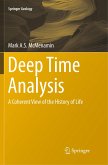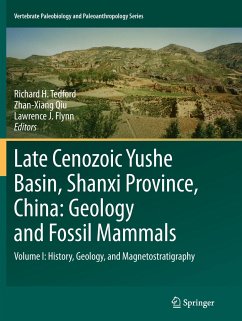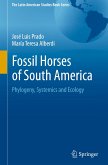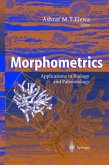This is the first academic book about the dinosaurs, birds and pterosaurs of Korea, one of the richest and most exciting regions on earth for the study of vertebrate ichnology. Many ichnogenera appear indigenous to Korea, and based on present evidence there is nowhere else in the world where such densities and diversity of vertebrate tracks have been reported. Many sites also reveal the highest density of bird and dinosaur track levels in the world.
The book describes the significant advances in Cretaceous vertebrate ichnology and dinosaur research made in Korea over the past twenty years. Several dinosaur fossil sites have been excavated, and unique vertebrate fossils including dinosaurs and pterosaurs have been discovered. This landslide of discovery has resulted in a proliferation of papers on vertebrate tracks and remains from the Cretaceous of South Korea and the growing recognition that as a region it reveals multiple track-rich sequences of unique quality andscientific utility. Because of the outstanding ichnological resources in this region it has been dubbed the Korean Cretaceous Dinosaur Coast (KCDC), and many sites of national and international significance have been designated as national natural monuments of Korea.
This book is written for geologists, paleontologists, ichnologists, geology and earth science students, and earth science teachers at high school, as well as the general reader interested in ancient life including the dinosaurs, birds, and pterosaurs of Korea. The goal of this book is to provide readers with a scientific understanding of Mesozoic life flourishing in the Korean Peninsula. To facilitate easy comprehension, the book contains many sketches, graphs, diagrams, photographs and tables and is supported by a comprehensive glossary.
The book describes the significant advances in Cretaceous vertebrate ichnology and dinosaur research made in Korea over the past twenty years. Several dinosaur fossil sites have been excavated, and unique vertebrate fossils including dinosaurs and pterosaurs have been discovered. This landslide of discovery has resulted in a proliferation of papers on vertebrate tracks and remains from the Cretaceous of South Korea and the growing recognition that as a region it reveals multiple track-rich sequences of unique quality andscientific utility. Because of the outstanding ichnological resources in this region it has been dubbed the Korean Cretaceous Dinosaur Coast (KCDC), and many sites of national and international significance have been designated as national natural monuments of Korea.
This book is written for geologists, paleontologists, ichnologists, geology and earth science students, and earth science teachers at high school, as well as the general reader interested in ancient life including the dinosaurs, birds, and pterosaurs of Korea. The goal of this book is to provide readers with a scientific understanding of Mesozoic life flourishing in the Korean Peninsula. To facilitate easy comprehension, the book contains many sketches, graphs, diagrams, photographs and tables and is supported by a comprehensive glossary.








